Guest contribution
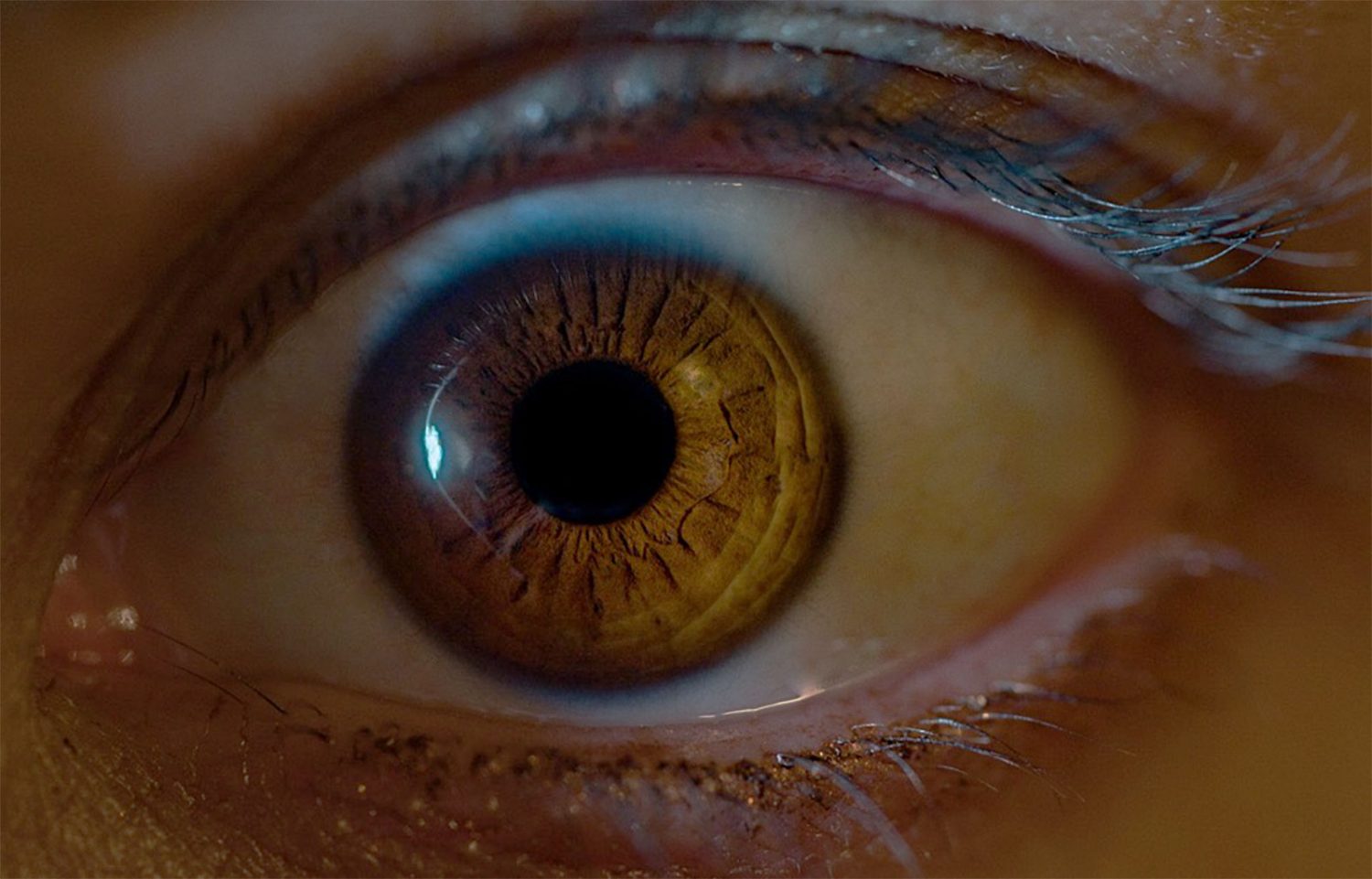
The art of seeing
Photography is without a doubt one of the most beautiful art forms. But what actually is this art behind photography? Many think that mastering manual mode is an art in and of itself. Granted, it can seem like that at first. But anyone who takes their camera out regularly will quickly realise that manual photography isn’t actually all that hard at all. Neither is a mastery of your camera a guarantee of good photos. Photography is about much more than technique – and this brings us full circle to the art behind it. Ultimately, it’s about how the photographer sees the world.
German company Leica has summed it up perfectly: “If you can see, then you can take photos. But learning to see can take a long time.” How true this is. If we are unable to recognise subjects, even a really expensive camera setup will end up being worth nothing at all. At least, not until cameras can be fitted with artificial intelligence that does the hard work for us. But that’s another topic entirely.
So if we want to become better at photography, we should focus more on our ability to see. Because seeing is the foundation of every photo. Or rather we should say it’s our ability to perceive. Because seeing and perceiving are not quite the same thing. But both aspects are fundamentally important in order to create compelling images.
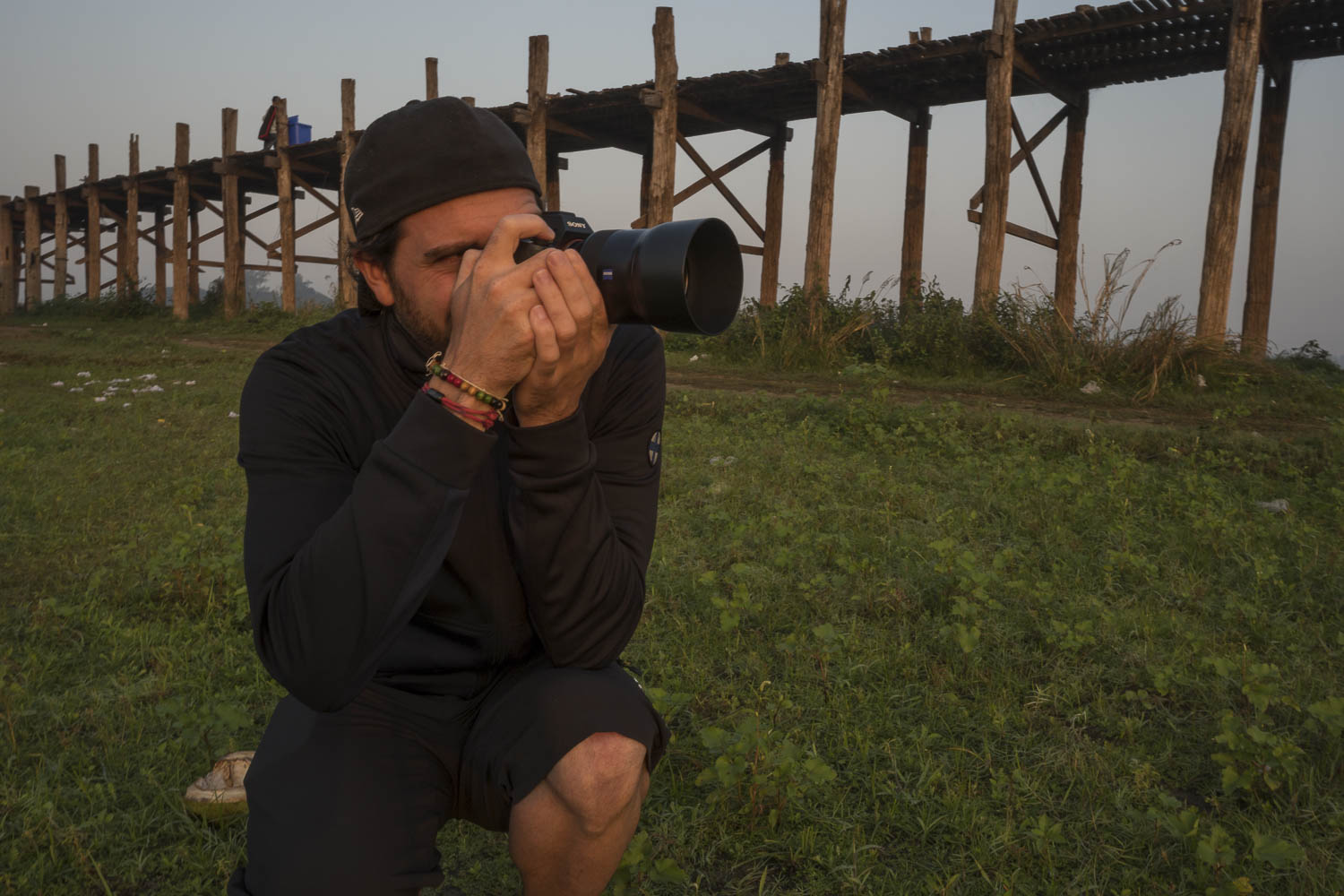
Slowing down, first and foremost
When sight comes up in conversation, few find it a particularly interesting topic. It’s important to understand though that seeing with respect to photography does not simply mean having your eyes open – although admittedly this is pretty essential too! It’s much more about taking your time. Simply remaining in one place for a while, looking around and feeling what it does to you. Mindful observation is perhaps the most important thing you can do in photography. We find taking the time to do this, along with configuring the camera settings manually, a winning combination. This helps enormously when it comes to engaging with the subject.
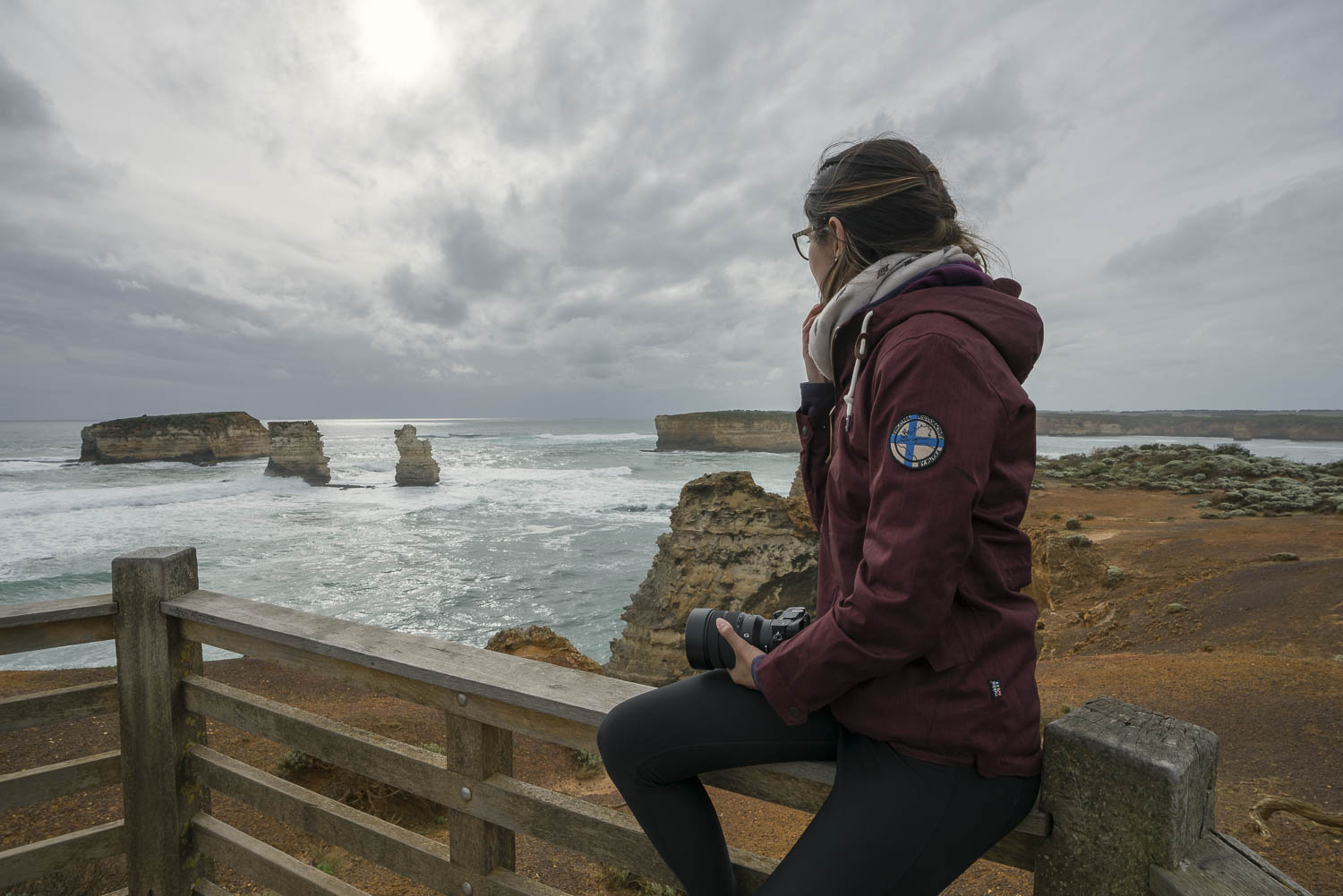
It’s all about the details
If you take your time when taking photographs, you’ll find you’re suddenly able to spot details that you hadn’t noticed before. Pollen on the inside of a flower. The delicate structure of leaves. The world is full of patterns, shapes and colours. But in today’s hectic times, unfortunately we often lose our eye for details. People can often be heard speaking disparagingly about details, saying things like: “That’s just a detail, it’s not important.” But this mindset is a misguided one. It really is all about the details. If you want to take your photos to the next level, you should start being mindful of details. As soon as you do this, the world will start to look quite different. Colourful, full of structures, exciting. A truly magical place indeed.
If you really want to immerse yourself in this world of details, try taking a few shots using a macro lens. It doesn’t matter what the subject is. It could be vegetables from your fridge or a bee sitting on a flower in your garden. Macro photography lets us see details in a way that we wouldn’t be able to with the naked eye alone. This is pretty much the next level when it comes to picking up on details in photography.
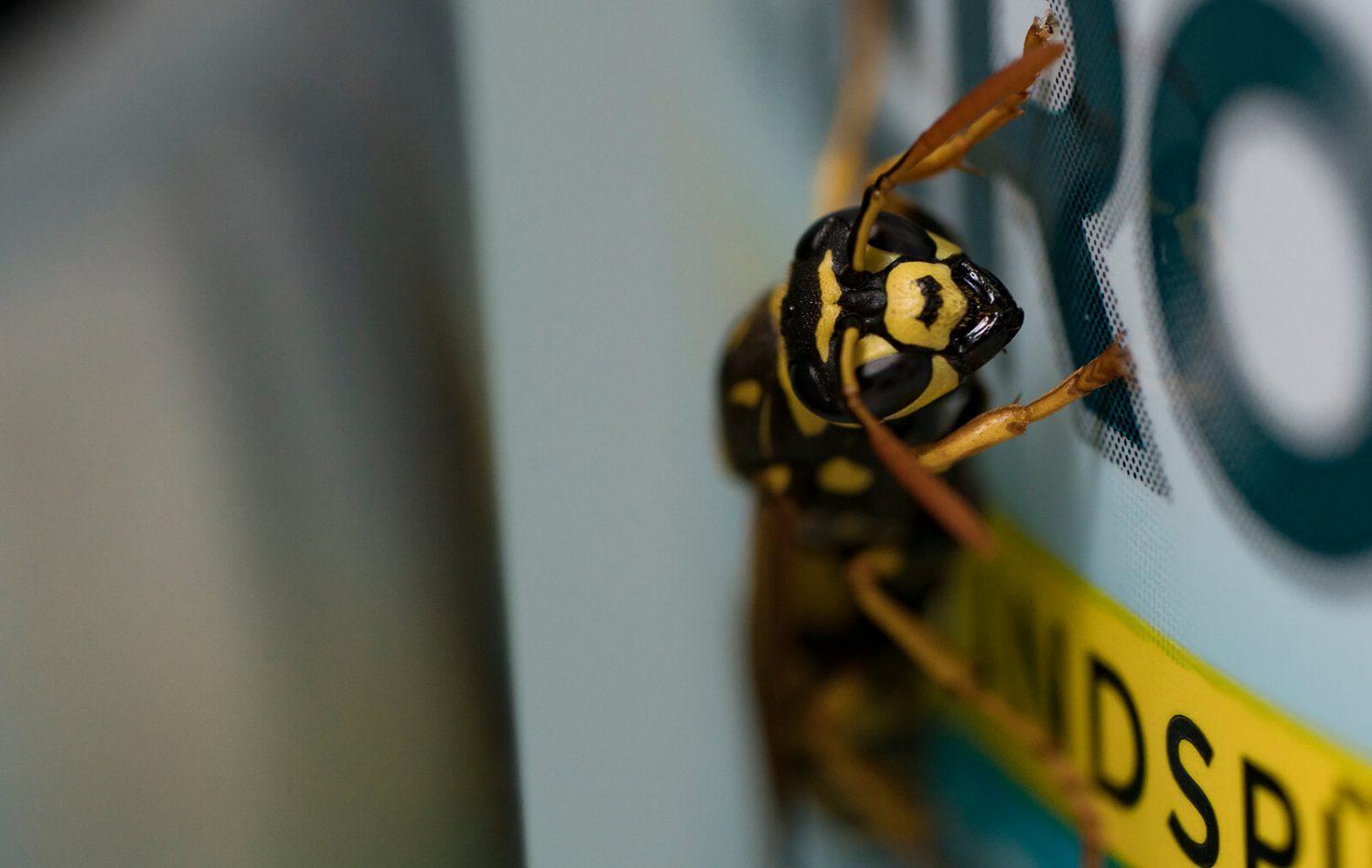
Light and shadows
Without light, we wouldn’t be able to see – and it would make photography pretty difficult too. So light is a crucial element in order to produce high-quality photos. That’s why we urge our photography students to be aware of light from the very start. Where is the light coming from? Is it hitting my subject directly or indirectly? Is it harsh or soft? What is the actual colour of the predominant light? And this brings us on to questions relating to shadows too. How are these falling? Do they have harsh or soft edges? Is the predominant light going to allow me to show the subject or scene the way I’m visualising it? Or am I going to have to wait until the conditions are right? We mostly take photographs in the blue or golden hours. These times of day are particularly beautiful and give your shots a very special light effect. If you’re someone who likes to deliberately use light for your photos, you’ll notice even more quickly that something is different at this time. The photos look livelier and gain a certain depth to them. They become atmospheric. So start to look at light… in a new light.
Black and white to focus the gaze
So many structures and colours can also be rather distracting and make us lose sight of what’s important. But there’s a way to fix this. Some cameras have a black and white setting. This will change the photograph completely. It forces you to focus more on the shapes and contrasts, but is free of distracting colours. Black and white photography generally trains the eye for the subject, and we like to use this technique from time to time. Not primarily as a training exercise necessarily, but more for the fascination of it.
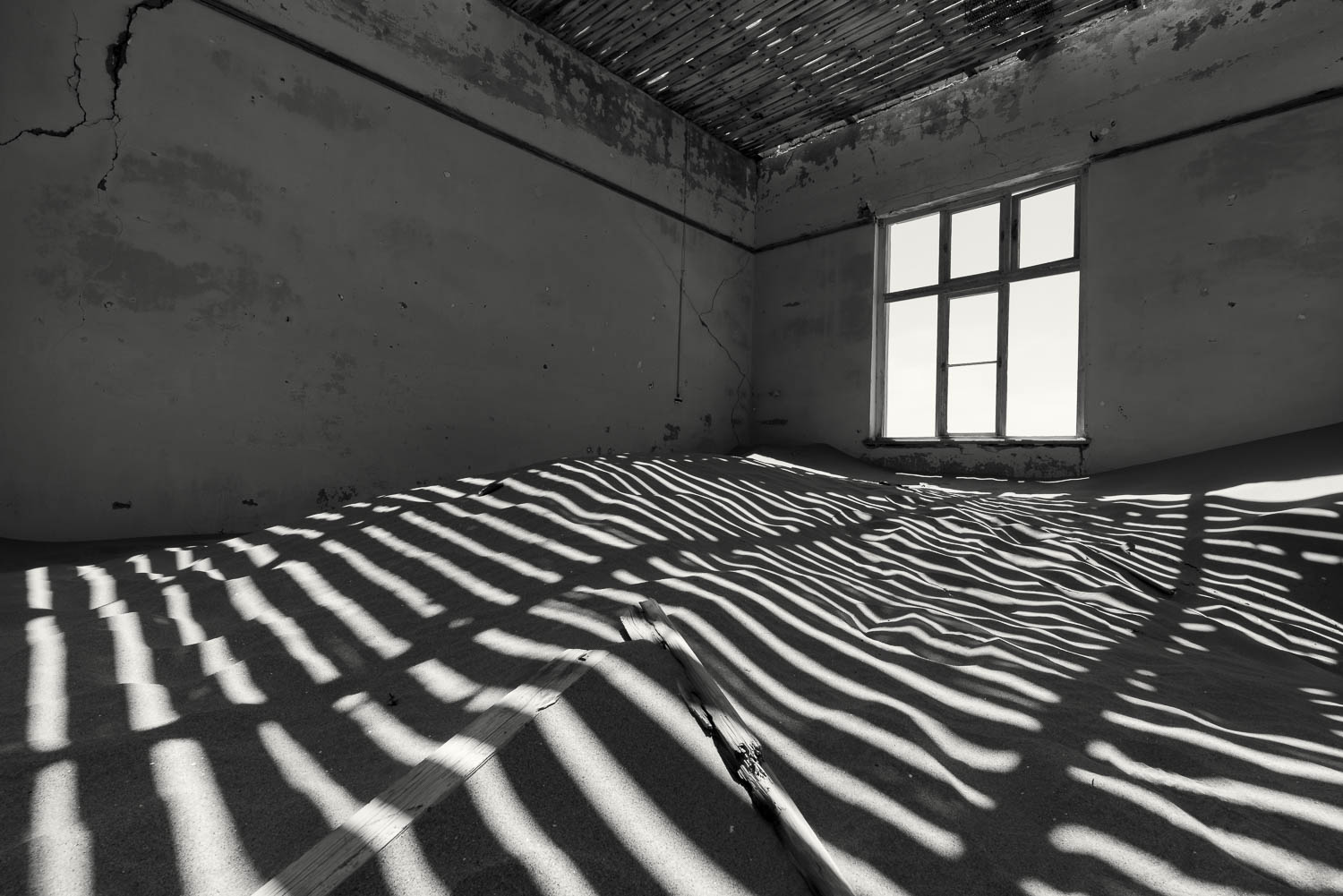
Taking time for your own and others’ works
In order to develop our photographic perspective, it is important to look at the photos that you have taken. While doing so, you should ask yourself: What do I like about this image? And what don’t I like? Let your gaze wander across the image and look at the colours and structures.
But it’s just as important to look at the works of other photographers and be aware of what it is that fascinates you about the photo. And when we say “look”, we mean you should really look at it. Not simply scroll through your Instagram feed leaving Likes behind you. Ideally, you should visit a photo museum and look at the photos printed there. Since photos, once printed, have an entirely different effect. We’ve had all our favourites printed, for example, and often been surprised at how different the effect can be as a result. Somehow, a printed photo can seem to have a life of its own. At any rate, the photo is literally seen in a different way again this way.
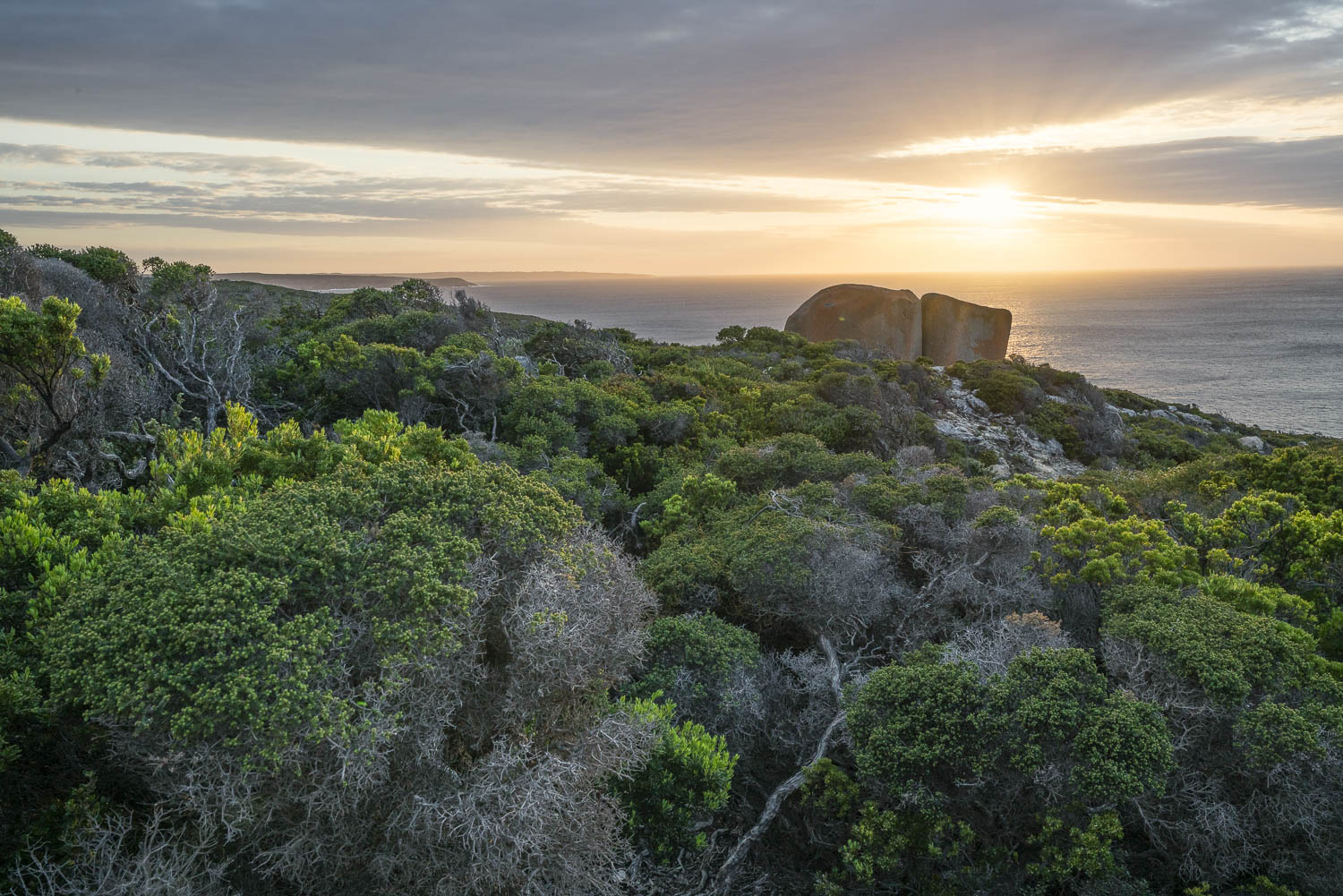
Training the eye is a worthwhile task for any photographer, whether as a hobbyist or professional. Every one of us sees the world differently, perceiving light and colours in our own way. For this same reason, it doesn’t matter if a subject has been photographed before. If you take your time and become a good observer of the world around you, your photos will automatically be taken to the next level and, what’s more, you will also be able to recognise potential subjects for your photographs much more quickly and anticipate photo opportunities as they arise.
The composition only comes into play later on. But that’s a topic for another blog, a photo course or a private session.

Journey Glimpse consist of Steffi and Stefan. Beach holidays were never really their kind of thing. They’d rather be in the streets or on the steppe, in the jungle or a nearby village. There where they can come into contact with other cultures, plants or animals – and experience this from up close. That’s how you get exciting travel stories full of impressive moments. And of course they can’t forget to take a camera with them – so that they can capture every single moment within an image. Steffi and Stefan, two professional photographers through and through, chase after just the right light and combine this with stunning landscapes. Photos with a depth that they love. At journeyglimpse.com, they write about their travels, give expert photography tips, and more besides.
Photo and travel blog: www.journeyglimpse.com
Stefan's portfolio: www.stefantschumi.photography
Our training platform: www.creatorspath.net
